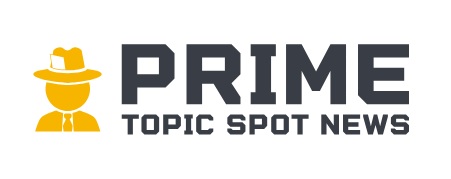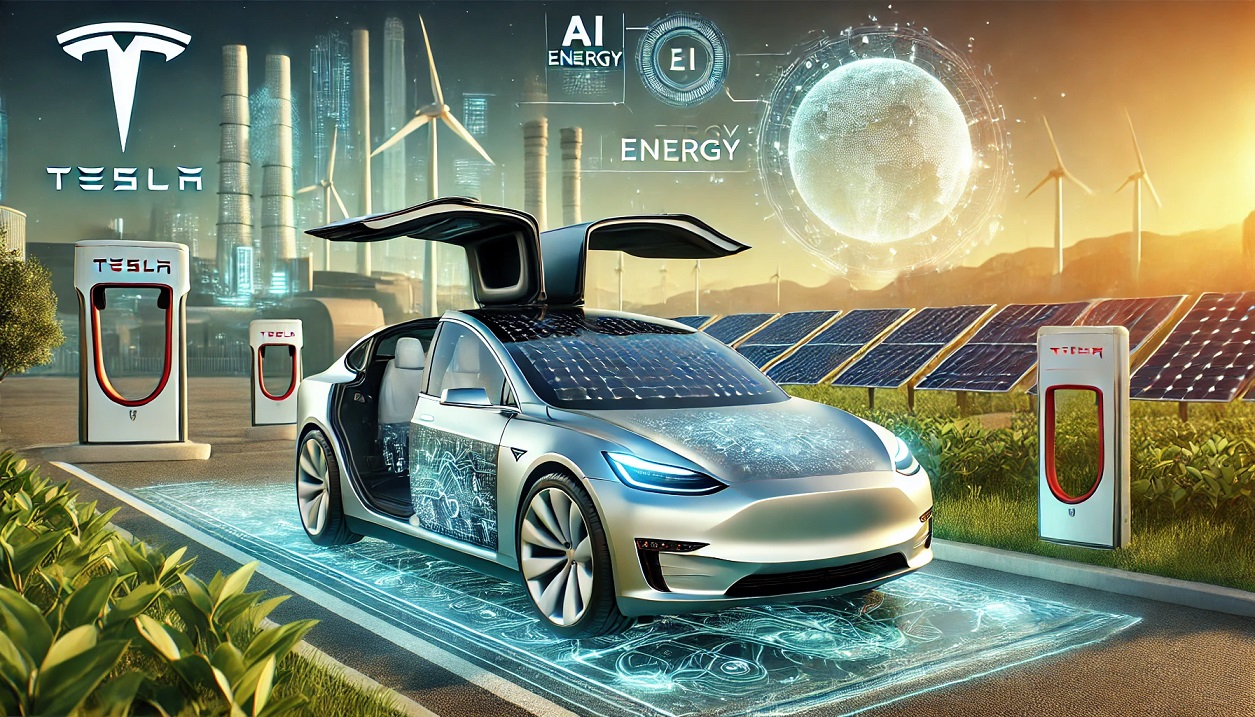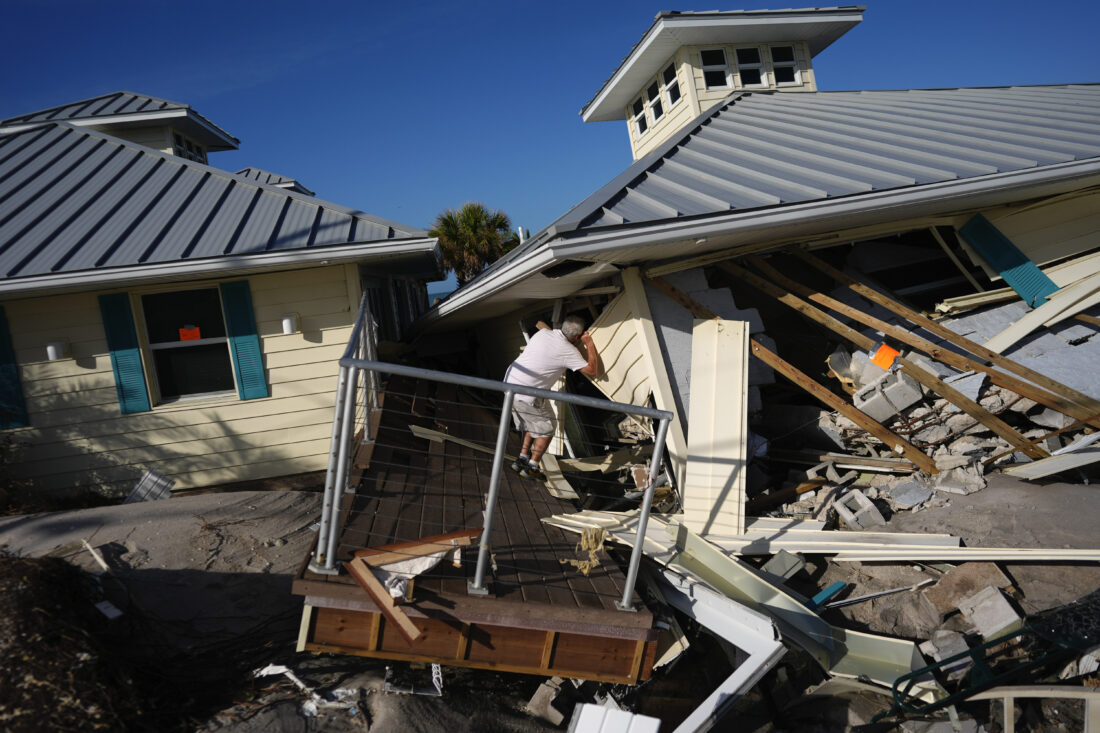Complete, step-by-step guide to start a successful blog in 2025 with SEO, content strategy, monetization (AdSense), examples, expert insights, and FAQs.
How to Start a Successful Blog in 2025: Step-by-Step Guide for Traffic, SEO & AdSense
Starting a blog in 2025 can still be one of the best long-term investments for building an audience and earning passive income. This guide covers everything from niche selection to AdSense optimization, with proven tactics, expert insights, and a realistic case study.

Why Start a Blog in 2025?
Blogs remain a cornerstone of content marketing and organic search. According to HubSpot research, a large majority of internet users still consume blog content regularly, and long-form articles continue to perform well in search. See HubSpot's blog statistics for reference (source).
- Build long-term organic traffic through evergreen content.
- Establish authority in a niche to open monetization options.
- Leverage AdSense and other income streams for passive revenue.
- Control your platform, audience, and message.
Step 1 — Choose the Right Niche
Pick a niche that balances passion, expertise, and audience demand. Use keyword tools to validate search interest and competition.
Checklist for niche selection
- Interest & expertise: Are you excited to produce 100+ posts?
- Monetization potential: Affiliate programs, products, AdSense CPCs.
- Search demand: Use keyword research to check monthly search volume.
- Competition: Can you offer a unique angle versus existing blogs?
Example niches with good long-term potential: personal finance for young professionals, niche travel guides, specialized home cooking, remote work productivity, and eco-living.
Step 2 — Platform, Domain & Hosting
The technical setup is quick but important for speed and reliability. Choose a platform and hosting that scales.
Recommended setup
- Domain: Choose a short, memorable domain. Prefer .com if available.
- Hosting: Use managed WordPress hosting or a reliable VPS for speed.
- CMS: WordPress is the most flexible. Alternatives: Ghost for performance, or a static site generator for advanced users.
- Theme & performance: Use a fast, responsive theme and implement caching, image optimization, and a CDN.
Tip: Page speed affects both user experience and search ranking. Follow Google’s SEO starter guide for technical basics (Google Search Central).
Step 3 — Create a Content Strategy
A clear content plan separates hobby blogs from successful ones. Focus on user intent, quality, and consistency.
Content pillars & cluster model
Create 3-5 content pillars. For each pillar, publish pillar pages and supporting cluster posts that interlink.
Editorial calendar
- Publish frequency: Start with 1-2 high-quality posts per week.
- Formats: How-to guides, listicles, case studies, comparisons, and tutorials.
- Repurpose: Turn posts into videos, newsletters, and social clips.
Quality over quantity. Backlinko's research shows longer, well-researched content often ranks higher — aim for 1,200+ words on pillar topics and 800+ for supporting posts (Backlinko).
Step 4 — SEO Essentials
SEO is non-negotiable. Implement on-page, technical, and off-page SEO from day one.
On-page SEO
- Target a single primary keyword per article and 2-3 related terms.
- Use descriptive title tags, meta descriptions, and H1/H2 structure.
- Write for humans: satisfy user intent first, then optimize for search.
Technical SEO checklist
- Mobile-first design
- Fast hosting, optimized images, and caching
- Structured data for articles and breadcrumbs
- XML sitemap and robots.txt
Off-page SEO
- Earn links through outreach, guest posts, and by creating linkable assets.
- Build relationships in your niche by commenting, collaborating, and sharing others' work.
Step 5 — Monetization & AdSense Best Practices
Monetization can be diversified: display ads, affiliates, digital products, sponsored content, and services. If you plan to use Google AdSense, prioritize content quality and policy compliance.
Getting AdSense-ready
- Create at least 20 high-quality, original posts covering core topics.
- Use clear navigation, About, Contact, and Privacy Policy pages.
- Avoid scraped, thin, or auto-generated content—AdSense enforces quality policies. See Google AdSense program policies (AdSense policies).
AdSense optimization tips
- Place ads where they don't interrupt usability: above the fold but not intrusive.
- Test different ad formats and responsive units.
- Mix with high-converting affiliate offers or product recommendations.
- Monitor RPM and CTR in AdSense, and use A/B testing to refine placements.
Step 6 — Promotion, Email, and Growth
Organic traffic compounds slowly. Accelerate growth with content promotion and email marketing.
Promotion channels
- SEO: primary long-term driver
- Social: use platforms that align with your niche
- Email: convert readers into subscribers with lead magnets
- Partnerships: guest posts, roundups, and influencer collaborations
Email strategy
- Start with a simple welcome sequence and weekly value-driven newsletter.
- Use email to repromote evergreen posts and product launches.
Case Study — From Zero to 10K Monthly Visitors in 12 Months (Example)
Summary: This anonymized example illustrates realistic growth steps for a niche blog created in 2023 and scaled through 2024.
Phase 1 — Months 1-3
- Launched site with 15 deep, keyword-targeted pillar posts.
- Set up fast hosting, clear navigation, and an email opt-in offering a top 10 checklist.
Phase 2 — Months 4-8
- Published 2 posts/week and built internal linking between pillar and cluster posts.
- Outreach to 50 niche websites resulted in 8 backlinks to pillar pages.
Phase 3 — Months 9-12
- Traffic growth accelerated as multiple posts ranked on page one for medium-volume terms.
- Introduced AdSense and two affiliate partnerships. Monthly revenue reached break-even at month 12.
Outcome: 10K monthly sessions, top ranking for 5 medium-competition keywords, recurring income through diversified channels. Key success factors were consistent content, focused SEO, and targeted outreach.
Expert Insights
‘Focus on solving a clear problem for your audience. Search engines reward helpful content that satisfies intent.’ — Paraphrased advice from SEO experts such as Neil Patel and Google Search Central.
Why it matters: Experts emphasize audience-first content because search algorithms increasingly measure user satisfaction metrics like time-on-page and click-through behavior.
Related FAQ
Q: How much does it cost to start a blog?
A: Basic costs include domain (approx $10–15/year) and hosting ($5–30/month). Optional costs: premium themes, plugins, and professional design.
Q: When will I start earning from AdSense?
A: Earning depends on traffic, niche CPC, and user engagement. Many bloggers see modest AdSense revenue after reaching several thousand monthly visitors.
Q: How many posts should I publish to see results?
A: Quality matters more than quantity. Aim for 20+ high-quality posts as a baseline, then maintain consistent publishing and promotion.
Q: Can I use Google Ads and affiliates together?
A: Yes, but disclose affiliate relationships and follow platform policies. Balance ad density to avoid harming user experience.
Additional Resources & References
- HubSpot blogging statistics and research: HubSpot
- AdSense program policies and content guidelines: Google AdSense Help
- SEO starter guide: Google Search Central
- SEO and content length study: Backlinko
Conclusion
Starting a successful blog in 2025 requires a mix of strategic niche choice, high-quality content, solid technical foundations, and consistent promotion. Focus on creating helpful, well-researched posts that satisfy user intent, optimize for search, and diversify monetization channels. With persistence and smart execution, your blog can grow into a reliable source of traffic and income.
Disclaimer
The strategies and examples in this article are for educational purposes and based on industry best practices and publicly available research. Individual results vary depending on execution, niche, and market conditions. Always review Google AdSense policies and local regulations before monetizing your blog.

















Comments 0